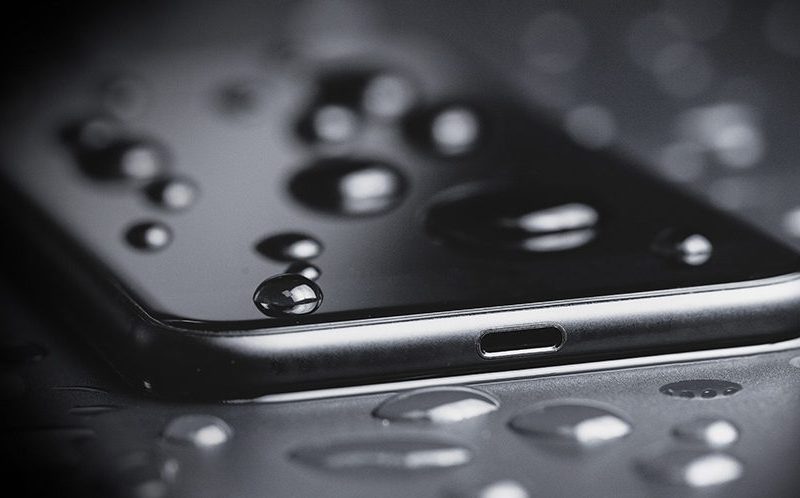What’s the secret to your phone’s waterproof ratings? It might not mean what you think it means.
What’s your IP?
No, you tech-savvy folks, not Internet protocol. For waterproof phones, IP means the Ingress Protection rating, or how well the phone’s structure prevents unwanted stuff from getting in. This stuff incudes water, dust, dirt, and other solids.
When you research a phone to see if it’s waterproof, look for the letters “IP” followed by a 2-digit number, such as IP67 or IP68. The first number tells you how easily solid particles like dust can get in. The second number indicates how well the phone resists water. Higher numbers mean better protection.
By the numbers: Dust and water
Protection against solids like dust usually rate a 5 or 6, like this: IP5x or IP6x. A rating of 5 means the phone won’t block all dust, but what does get in shouldn’t affect how well it works very much. If the first digit is a 6, it’s considered dust-tight. That means it’s vacuum-sealed and kept dust out for at least 8 hours in testing.
Liquid protection ratings for smartphones usually range from 5 to 8, but this number gets tricky. Unlike the rating for solid particles, you can find phones with more than one rating for liquids. It might seem confusing, but some phone ratings look like this: IPx5 / IPx7.
Water resistant vs. waterproof
How do you know if a phone is watertight? Take a look at the most common liquid protection ratings:
| Rating | Liquid test | Details |
| 5 | Water jets | A small nozzle projects water at the phone from any direction 3 meters away with no harmful effects. The test runs for at least 15 minutes at low water pressure. |
| 6 | Powerful water jets | A nozzle twice the size of the one used in the IPx5 test shoots water at the phone from any direction 3 meters away with no harmful effects. The test runs for at least 3 minutes at high water pressure. |
| 6K | Powerful water jets with higher pressure | A small nozzle projects water at the phone from 3 meters away in any direction with no harmful effects, but at 10 times the water pressure of the IPx6 test. This test also runs for at least 3 minutes. |
| 7 | Underwater up to 1 meter | This 30-minute test submerges the phone to about 1 meter below the surface of the water. A bit of water might get in, but the phone still operates normally. |
| 8 | Underwater up to 3 meters | The structure of this test can vary from 1 phone manufacturer to another. You can expect the test depth and duration to be greater than the requirements for IPx7. Manufacturers often run this test to check for water resistance up to 3 meters deep. |
When a phone is called “waterproof,” you’ll find the IP rating at 7 or 8, such as IPx8. The key is the immersion test, or how long a cellphone can be underwater without letting enough water in to cause damage. For example, a smartphone rated as IP66 / IP67:
- Is vacuum-sealed against dust
- Handles jets of water at fairly high pressure
- Resists harm under nearly 3 meters of water for up to 30 minutes
Which phones are considered waterproof?
If you’re looking for a waterproof iPhone, check out:
- The iPhone X. It’s splash, water, and dust resistant, with a rating of IP67.
- The iPhone 8 Plus, also splash, water, and dust resistant, has a rating of IP67.
If you’re more of an Android fan, try these 2 top contenders:
- The Samsung Galaxy Note8 is water resistant in up to 5 feet of water for up to 30 minutes. It rates an IP68.
- The Samsung Galaxy S9+ is also water resistant in up to 5 feet of water for up to 30 minutes. It’s rated at IP68.
So, the bottom line is there’s no such thing as a truly waterproof phone. If you leave any cell phone at the bottom of your swimming pool overnight, it probably won’t work in the morning.
IP ratings details confirmed via www.webcitation.org/6DGYoRMwp?url=http://www.ce-mag.com/archive/06/ARG/bisenius.htm.
This article was written by an AT&T employee. The postings on this site are my own and don’t necessarily represent the positions, strategies, or opinions of AT&T.





